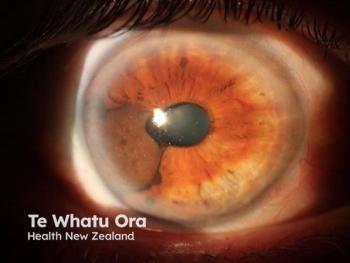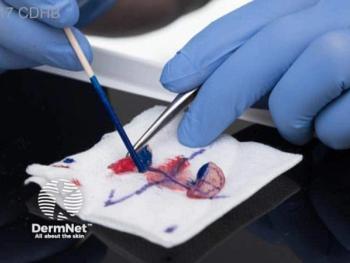
Scientists identify UV skin cancer trigger
A study from the University of Washington Medicine in Seattle pinpoints one of two lesions that can be attributed to UV light-caused skin cancer.
Scientists have identified a DNA lesion type they say causes cell mutations that may result in skin cancer. Data recently published by researchers from the University of Washington School of Medicine in Seattle has pinpointed the 6-4 photoproducts (6-4PPs) as the lesion responsible for DNA damage related to ultraviolet (UV) light exposure, as well as another lesion, cyclobutene pyrimidine dimers (CPDs), which can be attributed to affecting a cell’s reaction to UV.
It has been difficult to identify the effects of each of those lesions because thousands of each lesion surface in every cell exposed to UV, according to a press release.
“When these lesions are generated on DNA, they stimulate a response called the ATR pathway. It senses DNA damage and regulates the repair and survival of damaged cells,” says Masaoki Kawasumi, M.D., Ph.D., assistant professor of dermatology at the University of Washington School of Medicine and lead author of the study.
Dr. Kawasumi adds that while CPD lesions are more common, they do not activate the ATR pathway, which is actually triggered by 6-4PP lesions.
To investigate the role of each lesion type on ATR activation, investigators utilized photolyases which have the ability to repair only one type of lesion. Once the human cells were generated with only one specific type of lesion, they were then examined with flow cytometry to understand how each lesion influences ATR activation.1
“We found that 6-4PPs are the trigger of UV-induced ATR activation,” says Dr. Kawasumi. “And we know that ATR promotes the survival of DNA-damaged cells – which is not desirable because when they survive, they increase mutations in skin. We think that targeting ATR-activated cells may eliminate 6-4PP-containing cells that are precancerous and help suppress skin-cancer development.”
Additionally, due to the study’s findings, researchers suggest there may be a possible link to caffeine consumption and inhibition of ATR which eradicates 6-4PP-containing cells according to a preceding mouse model that showed ATR inhibition led to death of UV-damaged cells while subduing UV-associated skin cancer progression.1
More information on the study can be found at
References:
1. Hung, K., Sidorova, J. M., Nghiem, P., & Kawasumi, M. (2020). The 6-4 photoproduct is the trigger of UV-induced replication blockage and ATR activation. Proceedings of the National Academy of Sciences, 201917196. doi:10.1073/pnas.1917196117
2. Troublemaking 'lesion' singled out in UV-caused skin cancer. (2020, May 26). Retrieved May 27, 2020, from https://newsroom.uw.edu/news/troublemaking-lesion-singled-out-uv-caused-skin-cancer
Newsletter
Like what you’re reading? Subscribe to Dermatology Times for weekly updates on therapies, innovations, and real-world practice tips.

















